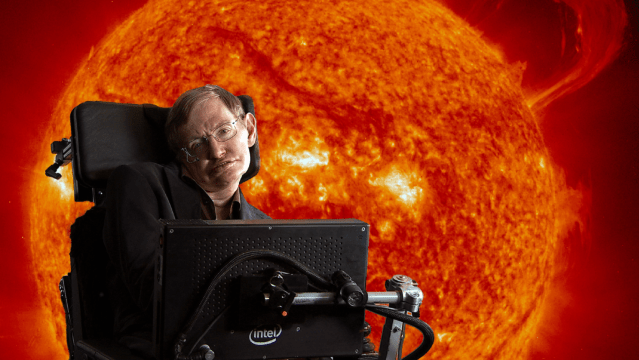5 Incredible Advances Science Could Buy With The Government’s $600B Military Budget
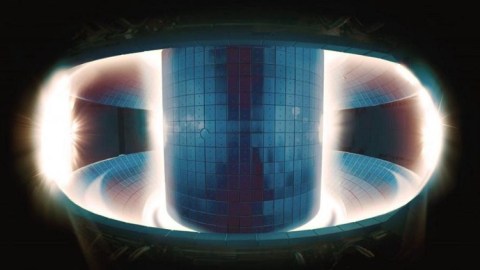
For just a year’s worth of US Military budget, we could transform the world.
The United States spends more on military spending than the next ten nations combined: an estimated $600 billion annually. Meanwhile, the entire budgets of NASA and the National Science Foundation, combined, is only ~$25 billion, or about 4% of our military budget. Many astronomers, astrophysicists, engineers, and scientists of all persuasions dream of the benefits that mild increases to their budgets could bring, but these are tiny, incremental dreams.
What if we truly reached for the stars? What if we dreamed of a day where we invested in peaceful research for the betterment of humanity as much as we invested in war, defense, and the military? If our space and science budgets went up to $600 billion, either in lieu of or in addition to whatever we spent on the military, what we could accomplish would be tremendous. Here are five possibilities of what we could do with just a single year’s worth of military-level spending.
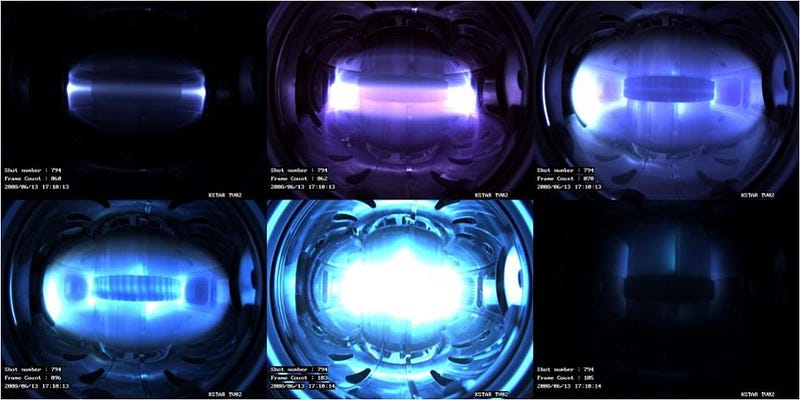
1.) The ultimate energy breakthrough: a net-energy-producing nuclear fusion reactor. While there are multiple different methods we have for achieving nuclear fusion, the most promising avenue is through magnetic confinement. An international consortium, known as ITER, was begun as far back as the Reagan-Gorbachev era, and construction is finally set to be complete in 2019, after a total investment of around €20 billion. After that, it will take another decade to get the plasma running successfully, and then in the 2030s, it can push past the breakeven point, fusing deuterium and tritium together.
Yet in many ways, the only thing preventing fusion power from permeating through our world today is this up-front investment with an incredible long-term payoff. For the cost of the military’s budget for just a single year, we could not only achieve nuclear fusion, we could learn to scale it and revolutionize how we deal with power and energy on Earth. It’s the ultimate holy grail for energy, and the greatest barrier to its success isn’t physics, but a lack of investment.
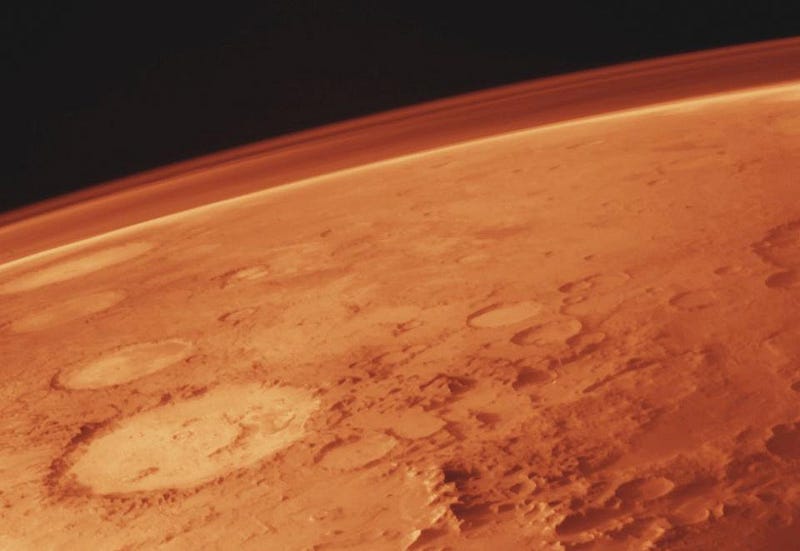
2.) At least four separate human colonies on Mars. Humans on Mars? The only thing stopping us is funding, and this has been true since the 1990s. With a sustained investment of between $50 and $150 billion total over 10 years, we could land a slew of equipment on the Martian surface, then a crew of human beings, who would stay for anywhere from 6 to 18 months before returning home. Even at the maximum end of that, we could set up four separate, independent colonies on another planet for the cost of just one year of US military spending. The only reason we haven’t done so already is funding.
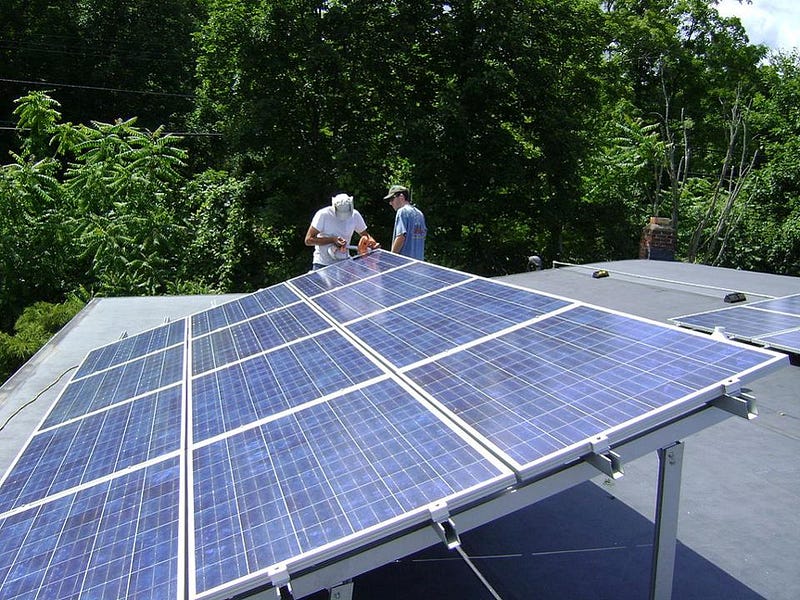
3.) A 2,000 Watt solar power system for every US household. There are lots of revolutionary technologies that are being outfitted with solar power, from transparent windows to shingles to siding. But the cheapest, most efficient solar technology is still the solar panel. Systems that generate approximately 2,000 Watts are now under $5000, and provide an estimated 175–375 kWh per month. With around 125 million households in the United States, a $600 billion budget could provide one of these systems for every household in the country, where the average American uses 920 kWh per month.
It wouldn’t solve our energy needs, but it would significantly reduce the burden on our electric grid and cut our fossil fuel consumption dramatically. And it would take effect immediately, or at least as quickly as we could produce that many solar panels.
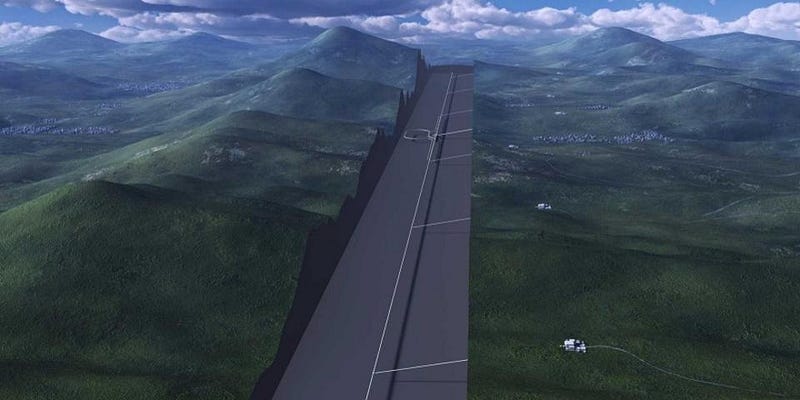
4.) A country-sized particle accelerator 40 times as powerful as the LHC. So, you thought the LHC was fun? It’s achieved proton-proton collisions at 14 TeV of energy in a 27-kilometer-long tunnel, underground, and it’s done so for a total cost of around $10 billion. What could we build for sixty times that amount? Believe it or not, there are only two free parameters that determine how high-in-energy your circular accelerator can make protons go: the strength of the electromagnets used to steer them and the circumference of your ring.
For $600 billion, we could build a tunnel approximately 1000 kilometers around, and achieve proton-on-proton collisions of over 500 TeV. If our electromagnet technology continues to improve, we might finally crack the PeV (where 1 PeV = 1,000 TeV) frontier. The next step up from a ring this large would be a “Fermitron,” first envisioned by Enrico Fermi, of a particle accelerator the circumference of the entire Earth. If the LHC turns up anything new beyond the Higgs boson, there will be a strong science case for investigating the next level in the energy frontier.

5.) A “super-Hubble” over 100 times as powerful as today’s. The Hubble Space Telescope was a revolutionary observatory, and in many ways is still the top dog in the field of astronomy and astrophysics. But at just 2.4 meters in diameter, it’s already reached its maximum resolution. In fact, to see objects ten times as faint, it needs to observe them for 100 times as long! But if we built a space telescope ten times the diameter, at 24 meters, it would not only have ten times the resolution, but would see in just 2 hours what it takes Hubble over a week to see.
The James Webb Space Telescope, with its segmented design, sunshield, and automated, robotic technology can serve as a proof-of-concept of a mission like this, but the limiting factor is funding. To get the size, image quality, and launch-and-servicing capabilities necessary to make a behemoth like this possible would require a massive investment. For $600 billion, we might be able to get all the way up to a diameter of between 30-and-40 meters, but “100 times as powerful as Hubble” is a very conservative estimate. That, and the technologies we’d develop would be as revolutionary for humanity as anything that came out of the Apollo program.
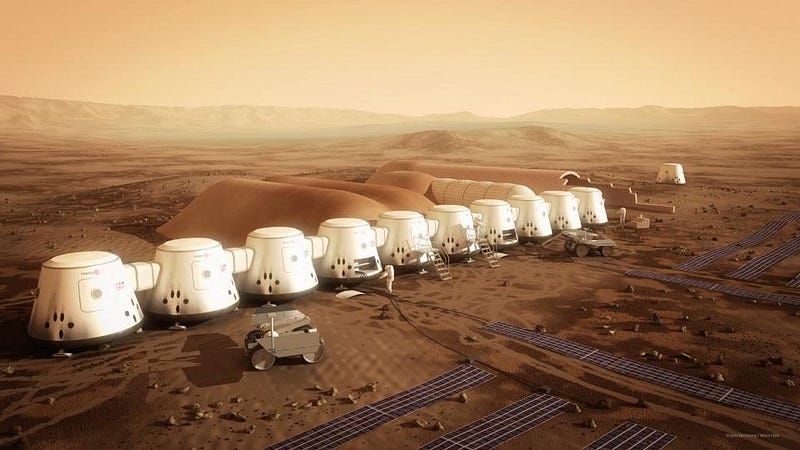
Of course, for much, much less than $600 billion, we could make extraordinary contributions towards every single one of these at once. ITER, the International Thermonuclear Experimental Reactor, is still under construction, with an estimated total cost of $40 billion for all of its total expenses during its lifetime, which should extend into the 2030s. A single crewed mission to the Martian surface, round-trip, could be responsibly done for as little as $50 billion, including massive infrastructure development of the Martian surface. 2 kW rooftop solar installations are commercially available for under $5000 apiece, and could cut an average electricity bill by 25% each and every month it’s in operation. “Smaller” supercolliders are cost-estimated in the range of $20–40 billion, and would achieve energy levels many times greater than the LHC. And LUVOIR, the most ambitious space telescope proposal with 40 times the light-gathering power of Hubble, would likely fall in the ~$15 billion range.
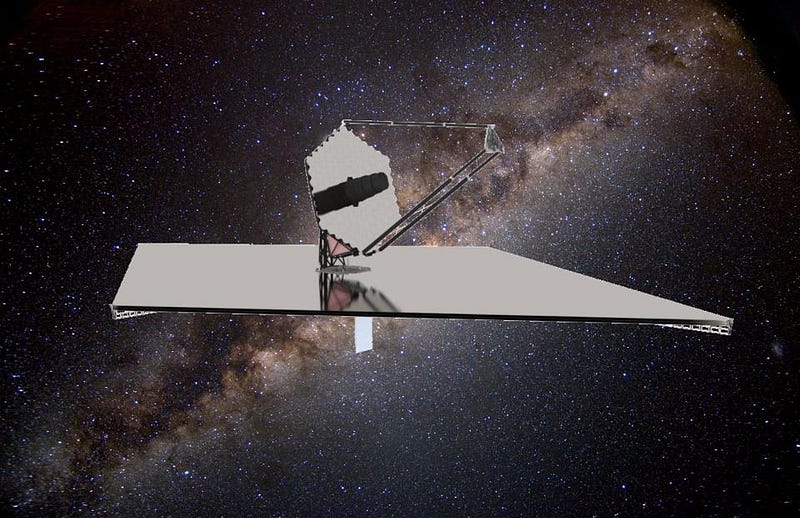
The costs of achieving our scientific dreams is, indeed, astronomically high, but the payoffs are even greater. In just a single generation, an investment of this scale in science and technology could transform our world in a way we’ve never seen before. Just a single year’s worth of the military budget — a whopping $600 billion — could more than double our investment in space and basic scientific research for the next 25 years. It would do more than make America great again. It would make the world great in a way that nothing else can; in a way humanity has never seen before.
Ethan Siegel is the author of Beyond the Galaxy and Treknology. You can pre-order his third book, currently in development: the Encyclopaedia Cosmologica.





